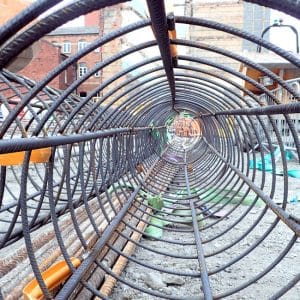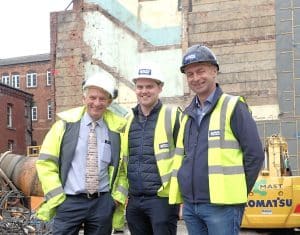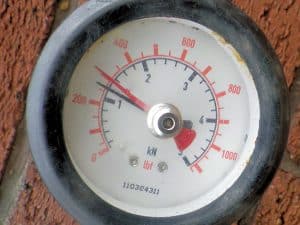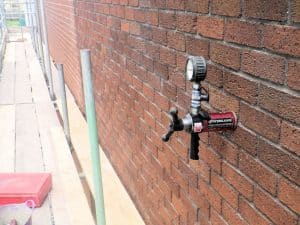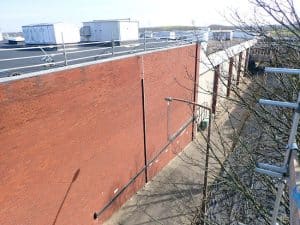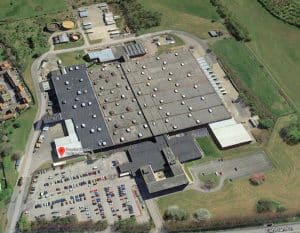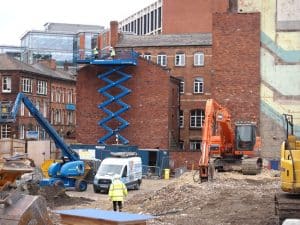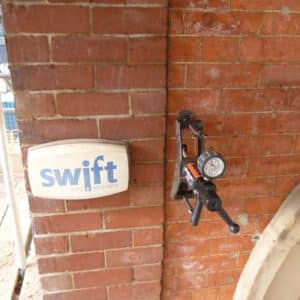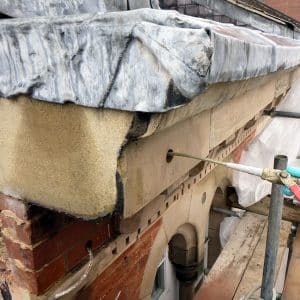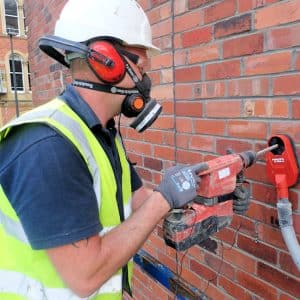Historic Building Preservation
Historic Building Preservation and Structural Repair Services
Listed and ancient buildings are a precious historical resource, linking us to our past. Any repairs to them must be sympathetic and suitable.
These older buildings are not made from dense bricks and bonded in hard cement. They do not have cavity walls, damp courses or the modern vapour control layers new homes have. In most cases they are non the worse for this. They provide warm, dry and comfortable homes.
We believe there is nothing better than a well maintained characterful old house. It is incumbent on owners and contractors to ensure these gems are preserved for future generations..
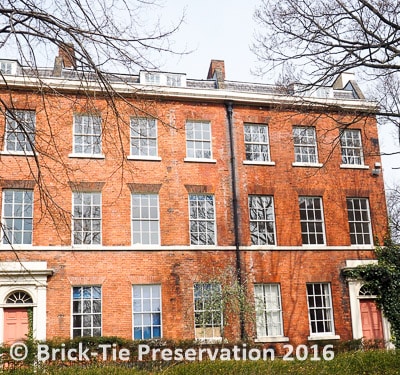
A Sympathetic Approach to Historic Buildings
Sometimes though, these houses do have problems. Often this is the result of previous neglect, unforeseen structural movements or timber infestations. Increasingly our surveyors find old houses have been damaged by application of inappropriate building work or even ill thought out ‘damp-proofing’. Merely installing double glazing and blocking up chimney flues may change an old house’s dynamics. This can turn what was a dry warm house, into a clammy and damp one.
Above all, these houses are for living and working in – this is why they were built in the first place. Sometimes they need to be modified and altered to suite modern living – We can help you do this efficiently and sympathetically.
For details, speak to any one of our surveyors or qualified office staff on Leeds 265 2752, York 566577 or Sheffield 224 5121 or email us via our contact page.
Accurate Diagnosis
The above outlines the foundation of our philosophy for surveying and repairing older houses. Whether a house is ‘listed’ or not is not the most important point for us.
We base all of our solutions on accurate diagnosis of any problem: why has this problem occurred? What are the options for putting these problems right? and, can this be done the right way? That means, preserving and conserving. A quick fix may be asked for, but will it just roll up problems for the building in the future?
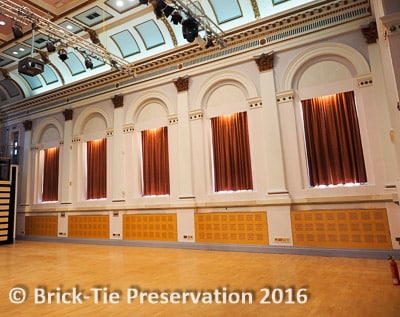
That said, we are modern experts with detailed knowledge of state-of-the-art repair methods. Can these be applied to older houses?
Yes they can. BUT, they need to be used correctly and not applied if a traditional fix will do the job just as well and within our client’s budget.
We don’t carry out chemical treatment, damp proofing or structural stitching work unless it is appropriate and beneficial for the building and the buildings owner, buyer or tenant.
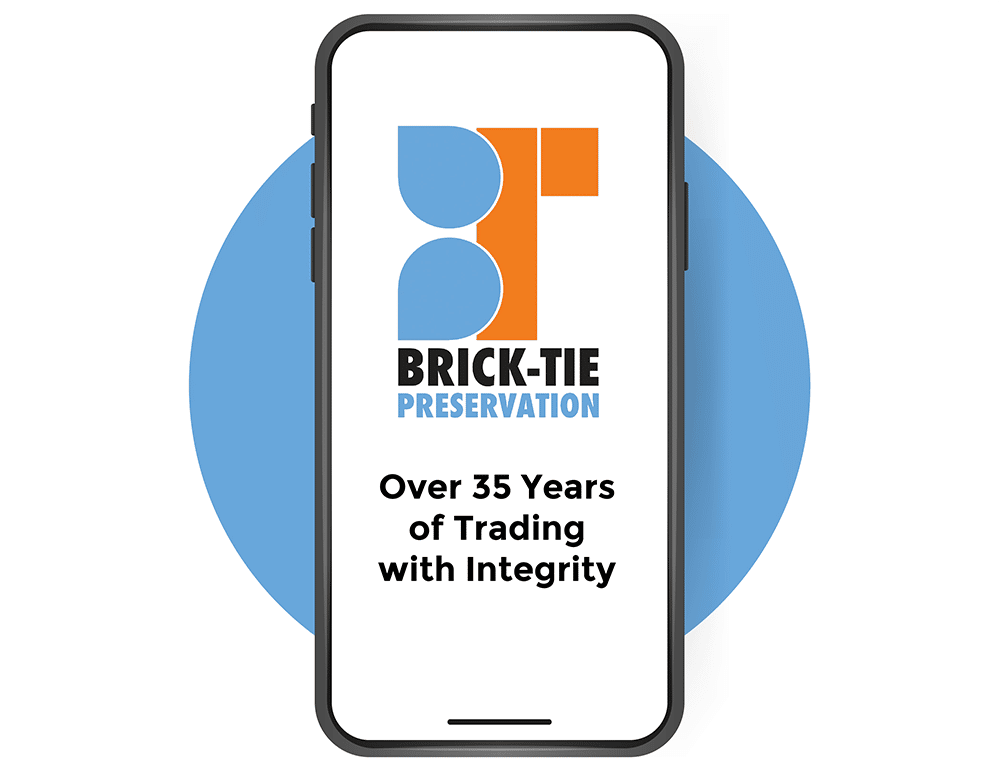
Need advice or want to book a survey?
Where listed and historic buildings are concerned – we’ve got the track record
We’ve carried out lots of successful specialist and traditional remedial work on listed and historic buildings. Over the years we’ve helped to repair and preserve them using a variety of our skills– projects and works have included:
- Churches and other places of worship; assistance with quinquennial inspections for timber infestations, structural repairs, lime pointing, plastic stone repairs and damp proofing
- Old schools – wall tie installation, structural repairs and timber infestation work
- Listed buildings and homes – Damp proofing, timber infestation, micro-drilling surveys and structural repair methods
- National trust properties; Cintec grouted anchor installation
- Mills; structural repairs, grouting and tie bars
- Bridges and City Walls – Helifx CemTies and Cintec Sock anchors
- Old industrial developments – Helifix Helibeam, crack-stitching, Cintec anchors and concrete repairs and timber infestations
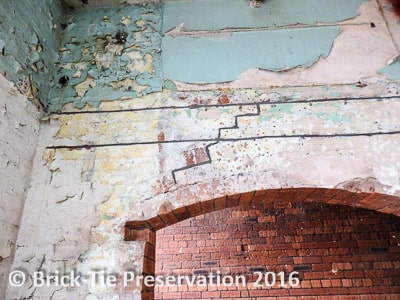
Assistance with quinquennial inspections of ecclesiastical buildings is a regular activity for us, helping locate hidden problems using our trained dry rot dogs, advanced thermal imaging equipment and testing abilities.
Services tailored to each property
Our philosophy on listed and historic building preservation is minimal intervention and a holistic approach. Our surveyors always focus on the underlying causes of excess moisture, because identifying the cause is crucial to effective solutions. This may involve some invasive survey methods. However, we’ve invested in the equipment and the training to keep any disturbance to a minimum or even eliminate it. Very few specialist have the range of technical know-how and instruments we use. These tools allow us to see what’s going on under the skin of buildings. Of course they cannot ‘see’ though walls and deeply onto timber. But it’s almost as good at that. Thermal imaging in qualified and skilled hands, reveals built-in timbers, leaks, cold bridges and can also help identify the methods used in previous repairs.
Boroscopes both rigid and flexible, allow us to look into inaccessible voids – exactly where dry rot or Death Watch Beetle may be found.
Where dry rot or death watch beetle is involved, we find that extra time spent on a thorough survey, combined with effective measures to dry the building are the most cost-effective and suitable actions.
We can give precise advice on promotion of rapid drying, using modern, gentle but expeditious drying methods. This approach can reduce or even eliminate the need for chemical interventions. It takes a little time, but where very old buildings are concerned, a little time is worth it in our view.
Where existing fabric is already damaged, we can restore this in a variety of ways, using traditional lime based plasters and mortars. A range of reversible modern dry lining systems may also be appropriate, particularly when early re-decoration is required.
Overview of our historic preservation services
Our services include external repairs using traditional lime based mortars and renders, and stone repairs can be carried out using colour-matched lime based ‘plastic’ stone repair mortars or via traditional masons patching. Overall, our historic building preservation activities include:
- Identification of in-situ timber species and of course, accurate identification and treatment of rots and beetle infestations
- Thermal imaging surveys (especially appropriate for finding hidden built-in timber and for timber frame buildings)
- Plastic stone repairs (using soft lime based and naturally coloured materials)
- Cintec grouted anchor wall tie installation and lateral restraint system for listed buildings
- Helifix remedial wall ties and Helibeam, for stress free masonry repairs.
A range of surface mineral based stabilisations for wind and water eroded stone is available. Our Deepshield Pro water repellent cream may be suitable in specific cases.
Modern methods where appropriate
Our aim is to put the needs of the building alongside the needs of the owner and tenants. We will never recommend any work which could threaten the long-term viability or condition of a listed or ancient building. For example; we don’t recommend hard cement renders on soft lime based backgrounds, nor do we carry out mass-irrigation of masonry to kill dry rot.
Our surveyors are SPAB members and keep up-to-date with the latest news and technical advice on historic building preservation.
Choosing a repair method and material is just as important as choosing a contractor or surveyor – this is where we can help guide our commercial clients, regardless of the age of a structure.
Our experience and skill means that listed buildings, which are damp, can be dried and offer modern levels of habitation, without ruining the fabric of our treasured housing stock.
For more information, advice or to arrange a survey call Leeds 265 2752, York 566577 or Sheffield 224 5121 or email us via our contact page.
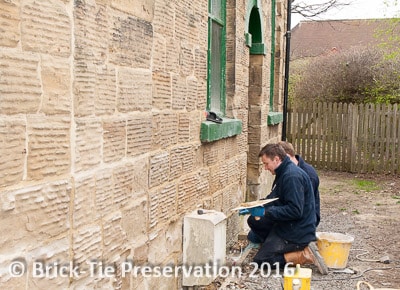
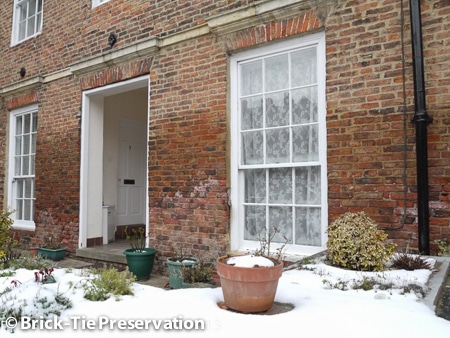
Further Reading
Want to read more about our work and advice on work in older buildings? Follow some of the learning resources below:
SockFix installation in ancient buildings – what needs to be considered?
Brick-Tie successfully repairs a 300-year-old building, using the SockFix anchor system and the Helifix remedial system, without damaging the historic fabric. Lots goes into making sure a job like this works for the client and the building so, where structural repairs of ancient buildings are concerned – what needs to be considered? Continue reading



